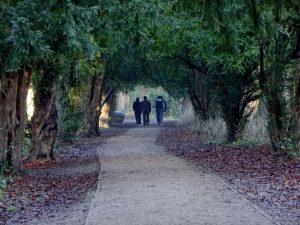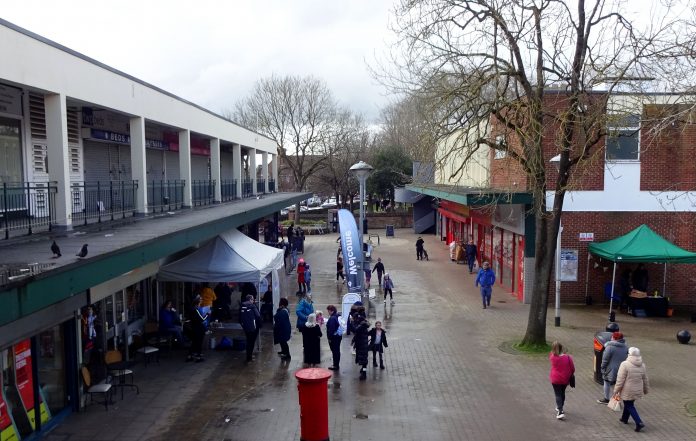Community and identity are both characteristics of successful, sustainable places – but what do they really mean and how can they be influenced? David Edwards of architects and urban planners Place-Make takes a look
When asking stakeholders what they would like to see for their town, the answer often includes a particular supermarket, department store or coffee shop. The retail offer has long been used as an indication of a town’s vitality and well-known retailers that generate footfall and activity are high on the wish list for councils and consumers alike.
When I first met the town council for Houghton Regis in Bedfordshire to discuss the preparation of an action plan for their centre, the primary objective wasn’t specifically related to shopping. Committed expansion over the next decade will see the doubling of the town’s scale and population, and the council was concerned for the impact this would have on the sense of community and identity that already exists.
Case Study: Houghton Regis
This presented a conundrum: how can the settlement undergo such transformation and retain the essence that makes it special? Without wanting to put off any potential action plan clients in the future, it took a further three months to determine this. What we found is that something special is happening in Houghton Regis.
Houghton – or Saelig Hoctone, Kyngshouton and Kynges Houghton in former times – has a rich and interesting history that spans from Iron Age hill forts and Roman villas to Edward the Confessor, Vauxhall Motors and Hollywood movie stars. Such events have left a number of built and natural assets that combine to create a unique form and character.
Of particular interest is the town’s social make-up. After intensive residential development in the 1950s and 70s, some areas of the parish are currently amongst the most challenged in the UK. Compared to other wards in the county, these include above average rates of single parent households, youth unemployment and children in income deprived households.

It would not be unreasonable to envisage such statistics correlating with above average rates of crime and anti-social behaviour. However, Houghton is currently 10% safer than the district average. Therefore, while specific areas are clearly in need of support, something is keeping the social fabric together.
Interestingly for a town that is strategically located between London, Oxford and Cambridge, it has retained a strong local economy. Up to 78% of residents work locally (55% within 10 km of their homes) and 70% of town centre users shop locally (26% higher than the national average). Half of all shops are independently owned and only 2% of commercial ground floor units are currently vacant (7% lower than the national average).
Additionally, residents are committed to their centre – 67% visit regularly and 48% spend over £20 per visit (16% higher than the national average). The parish is 10% more culturally diverse than the district average and the town council and church are particularly active, organising regular events that bring residents together and stimulate activity for local businesses.
Sustainable places: Community and sustainability intertwined
Although there are a number of reasons why the town has retained a strong identity, not all of these might be having a positive impact. For instance, existing transport connections might also be restricting access to employment, training and educational opportunities further afield. However, the overall statistics point to a system that is operating sustainably with residents working, producing and shopping locally.
What is happening in Houghton Regis demonstrates that community and sustainability are intertwined and while the social, physical and economic components of successful places are balanced, it is the people that bind these together.
David Edwards
Director
Place-Make
Tel: +44 (0)1462 510 099














